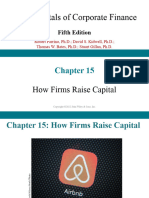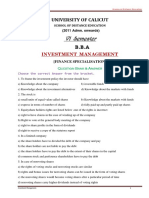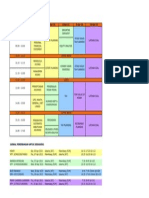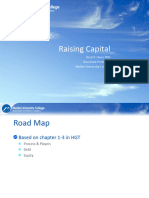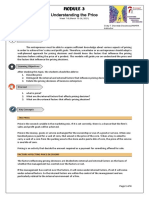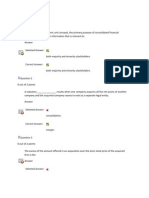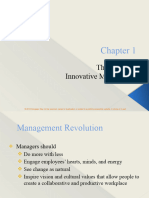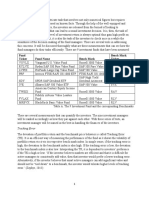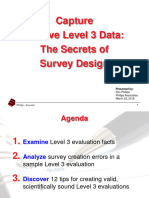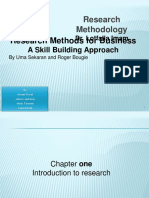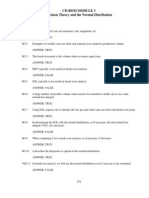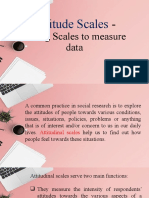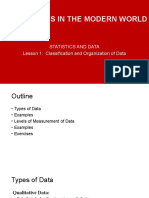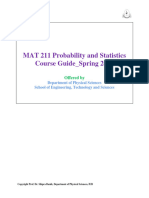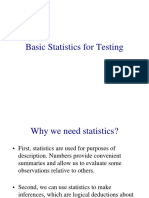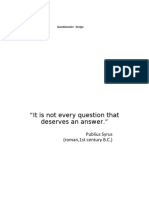0% found this document useful (0 votes)
92 views90 pagesBusiness Research Methods
1. Business research is a systematic process of investigating problems in a work setting to find solutions. It involves defining problems, developing hypotheses, collecting and analyzing data, and interpreting results.
2. Scientific research follows principles like being purposeful, rigorous, testable, replicable, precise, objective, and generalizable. It uses the hypothetico-deductive method which involves identifying a problem, developing hypotheses, determining measures, collecting data, analyzing data, and interpreting results.
3. Conducting fully scientific research can be challenging in management due to difficulties measuring subjective factors like attitudes. However, the hypothetico-deductive method provides a logical, step-by-step process for business research.
Uploaded by
briogeliqueCopyright
© © All Rights Reserved
We take content rights seriously. If you suspect this is your content, claim it here.
Available Formats
Download as PPTX, PDF, TXT or read online on Scribd
0% found this document useful (0 votes)
92 views90 pagesBusiness Research Methods
1. Business research is a systematic process of investigating problems in a work setting to find solutions. It involves defining problems, developing hypotheses, collecting and analyzing data, and interpreting results.
2. Scientific research follows principles like being purposeful, rigorous, testable, replicable, precise, objective, and generalizable. It uses the hypothetico-deductive method which involves identifying a problem, developing hypotheses, determining measures, collecting data, analyzing data, and interpreting results.
3. Conducting fully scientific research can be challenging in management due to difficulties measuring subjective factors like attitudes. However, the hypothetico-deductive method provides a logical, step-by-step process for business research.
Uploaded by
briogeliqueCopyright
© © All Rights Reserved
We take content rights seriously. If you suspect this is your content, claim it here.
Available Formats
Download as PPTX, PDF, TXT or read online on Scribd
/ 90



